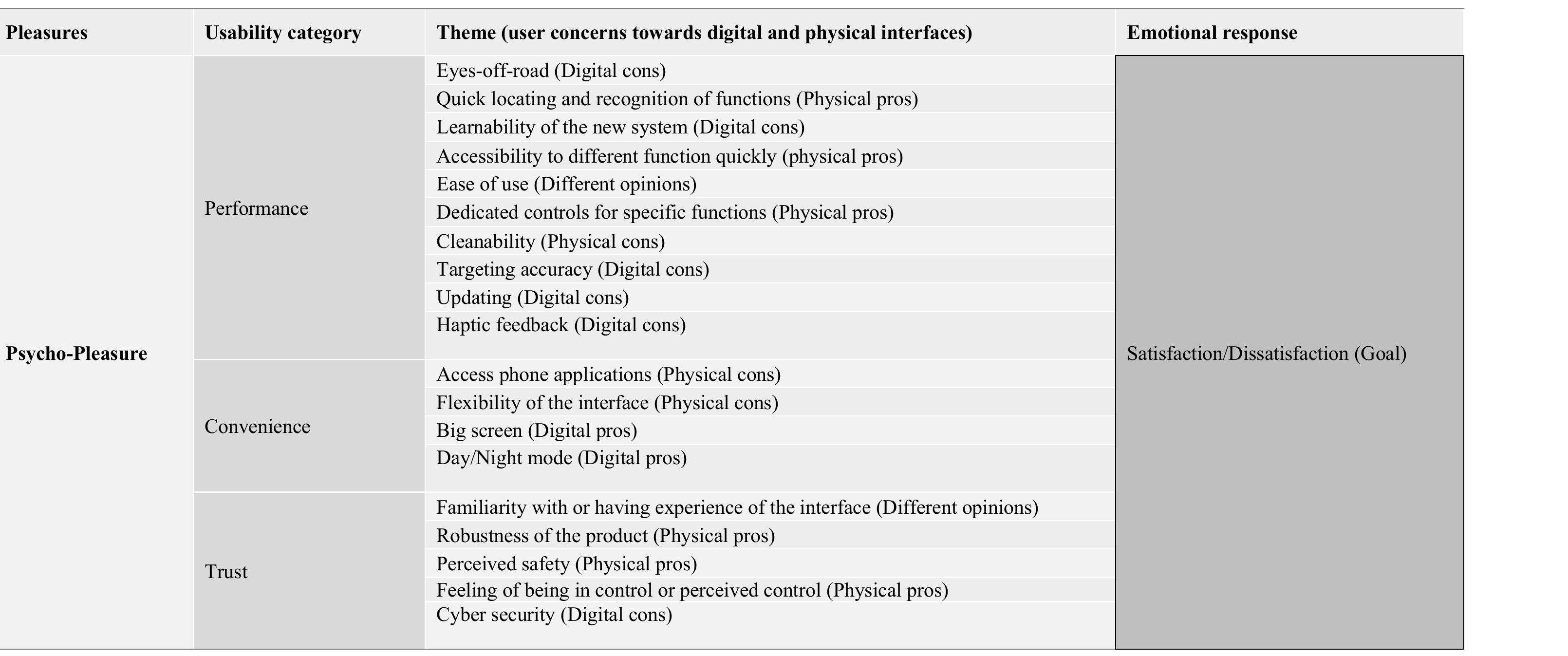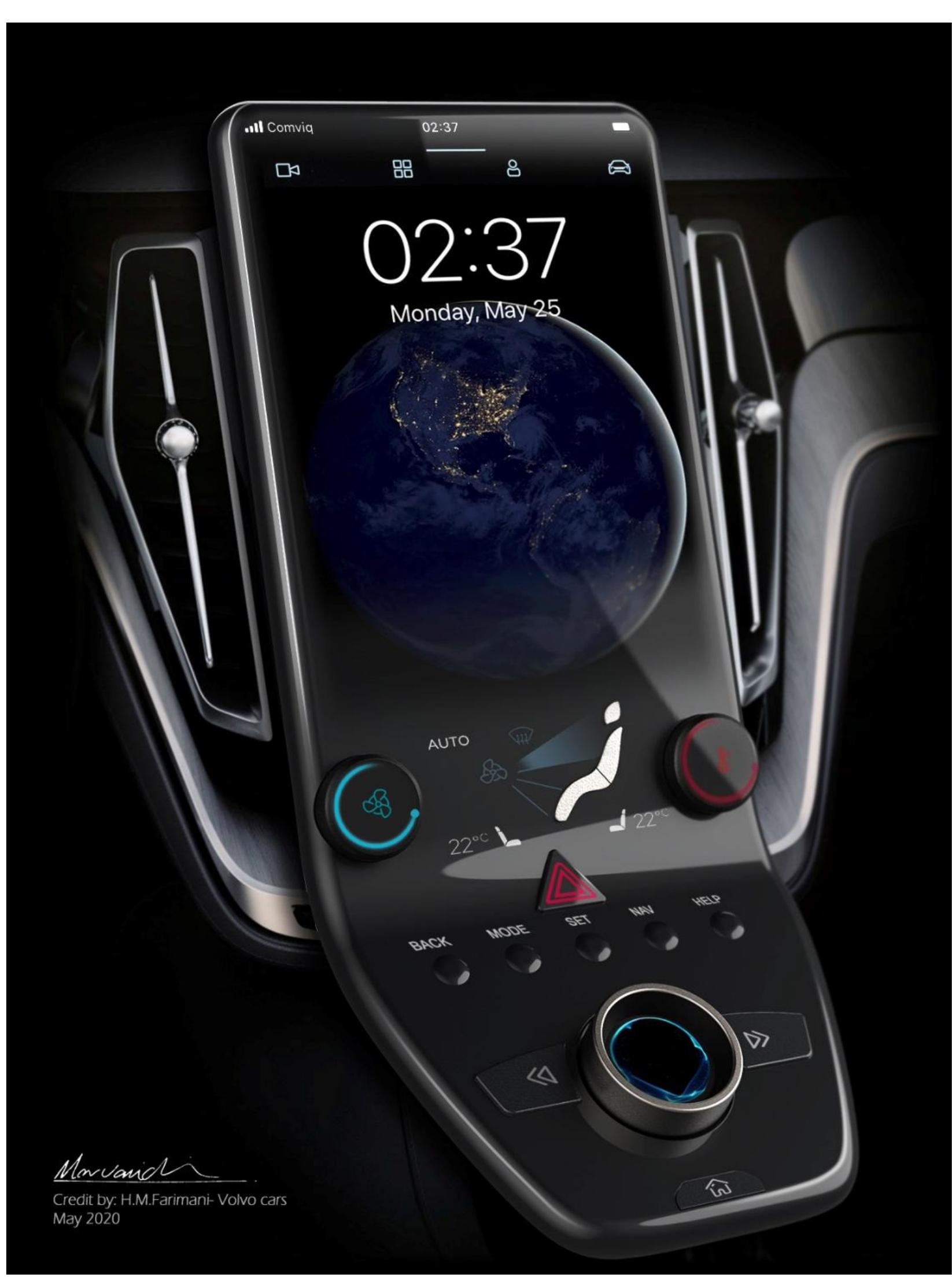Figure 12 – uploaded by mehrdad morvaridi

Figure 11 As more and more car users came to expect music players as standard in their cars, manufacturers worked hard to develop new and exciting in-vehicle music and radio technologies that aligned with how people were consuming music at the time. Some of the most notable innovations of the previous century include in-car record players, 8-track cassettes, car stereos, and in-built MP3 units (Figure 11). The satellite-based Global Positioning System (GPS) was first developed by the US military in the 1970s to provide geolocation and time information to a GPS receiver anywhere on the globe. The first car to boast an in-built navigation system was Toyota’s 1981 Celica model. Dubbed NAVICOM, the system was controlled by a microcomputer, which continuously displayed graphs showing direction and distance to a pre-coded destination (Figure 12). In 1990, Mazda introduced the first ever GPS system for automotive navigational use. Since then, GPS technology has advanced significantly and again has become standard in many new cars in 2019 (Dressekie, 2019).
Related Figures (56)
























































Connect with 287M+ leading minds in your field
Discover breakthrough research and expand your academic network
Join for free